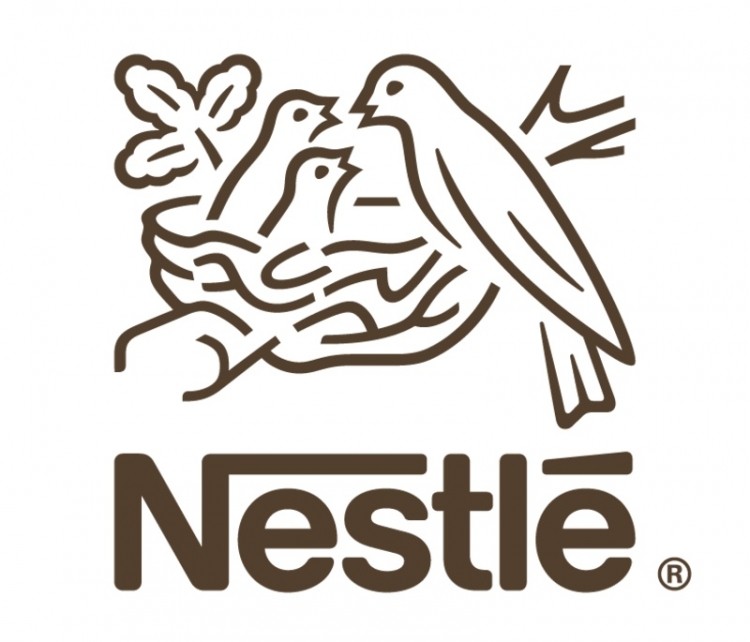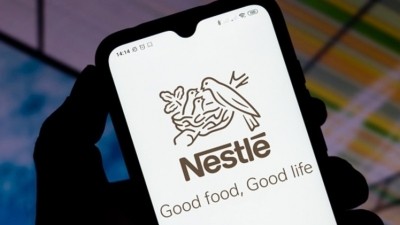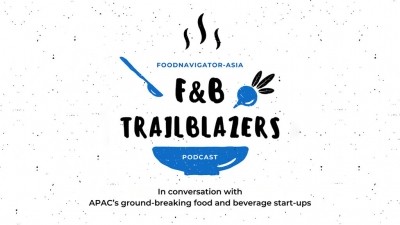‘More price hikes to come’: Nestle warns of further rises after posting positive Q1 figures

Nestle’s overall organic growth from Q1 2021 to Q1 2022 was 7.6%, with sales values increasing from CHF21.1bn (US$22.1) to CHF22.2bn (US$23.2bn). Profits were not reported in this announcement, but the firm also predicted positive results for the coming year, expecting 5% in sales growth and between 17.0% and 17.5% profits to come.
That said, this growth has come on the back of significant price increases across nearly all of Nestle’s markets. Overall Nestle product prices increased by 5.2% across the board, and specifically for the firm’s Asian markets in the zone of Asia, Oceania and Africa (AOA) market this increase was 4.3%.
“Nestle has delivered strong organic sales growth [in the first three months of 2022] due to sustained consumer demand [even] after stepping up pricing in a responsible manner,” Nestle CEO Mark Scheneider said at the firm’s most recent investor call.
“This was amongst a challenging environment [in] these first months of the year [where] the war in Ukraine has caused unspeakable human suffering [and we] stand with the international community in the call for peace.
“[However, this sustained conflict] means cost inflation continues to increase sharply, which means we will require further pricing and mitigating actions over the course of the year.”
The impact of the price hikes on Nestle’s posted growth numbers shows a clear correlation – in North America where the firm increased prices by the highest percentage amongst all markets at 8.5%, it demonstrated 9.9% growth. Whereas in China, Nestle’s only market to see prices decrease by 0.5%, the firm only saw 3.4% growth, the lowest across all its markets.
Zone AOA saw 6.0% overall organic growth and 3.0% sales growth from CHF4.5bn (US$4.71bn) to CHF4.6bn (US$US$4.82bn) on the back of its 4.3% price increase, with increased pricing and out-of-home consumption slated as main contributors.
The price increases have also had a significant impact on consumers’ purchasing decisions, with many opting for more affordable product offerings. This category was also highlighted as a major growth factor for the firm, particularly in developing countries where brands such as Maggi, Nescafe and KitKat emerged as key growth generators in markets including Malaysia and South Asia.
Price hikes everywhere
Long before this, Nestle had already warned consumers in multiple markets that price increases were on the way due to continually rising commodity costs and shortages including sunflower oil, cereal and petroleum shortages from Ukraine and Russia leading to pandemic-related inflation rising even further.
Earlier this year, Schneider had told FoodNavigator-Asia that the company’s promise with regard to price hikes, especially in Asia where many developing markets are located and price sensitivity is high, would be ‘socially responsible’ when implemented.
“The APAC region is very important to Nestle and we will continue to invest here [but current commodity cost increases] have to be reflected at the bottom line [when] we cannot find a way to compensate for these,” he said.
One such price-sensitive market is Malaysia, where regional CEO Juan Aranols had also highlighted concerns over rising commodity costs leading to price hikes last year, even before the Ukraine conflict came into play.
So Nestle’s decision to increase prices seems to have been quite some time in the making, and the fact is that it is not alone – several other F&B MNCs including Heineken, Carlsberg and Mondelez – all of which are able to bank on their considerable market share to confidently boost prices without too much fear of losing too many consumers.
But despite the positive growth numbers that price hikes can bring which look good to investors, there are certainly limits to what these firms can do, and it seems doubtful that even the big names can keep it up continually without losing consumers to cheaper products.
As an example, Nestle has already seen year-on-year dips in shipment orders for categories such as prepared dishes and cooking aids (dropped 3.5%) and milk products (dropped 1.4%) in Q1 since the price hikes took place, highlighting that it is not immune to the negative impacts and that consumers will, when the price is not right, take their business elsewhere to purchase cheaper options such as those from smaller firms or private label supermarket products.



















